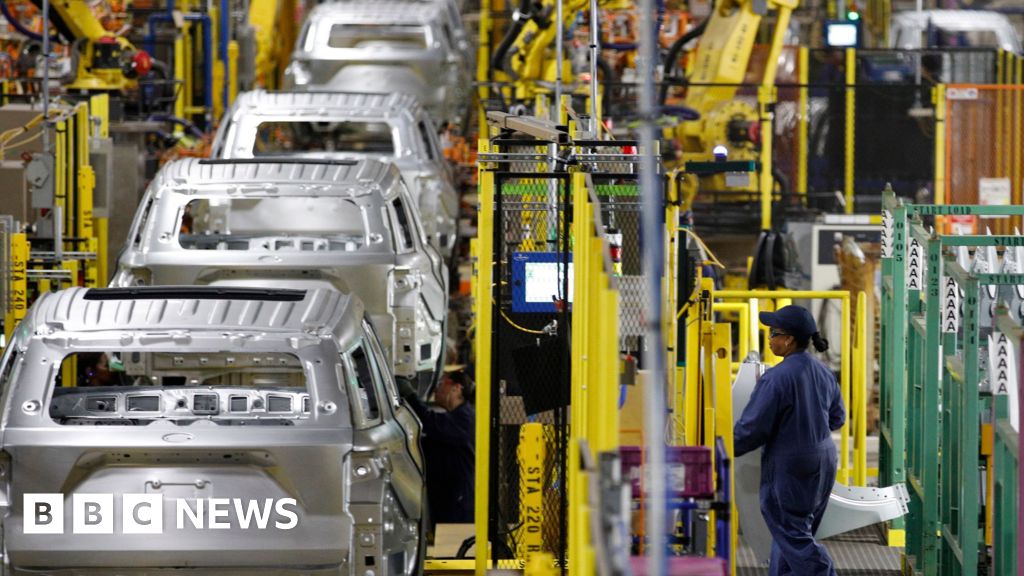![A child sits on the street in the Katapokori village, northwest Kenya on October 16, 2024. Katapokori is one of the villages most affected by the severe drought in Kenya, that is generating food insecurity and difficult access to water. Many people are forced to drink water that they fetch from the underground, which is not clean and often causes infections or diseases. [Alessio Paduano/Al Jazeera]](https://www.aljazeera.com/wp-content/uploads/2024/12/KenyaDrought_AlessioPaduano_43A7595-1734188512.jpg?resize=1170%2C780&quality=80)
By Alessio Paduano
Published On 15 Dec 2024
Drought in Kenya has reached dramatic levels, with millions of people affected by the lack of water and food. This phenomenon, which until a few years ago followed predictable seasonal cycles, has become increasingly frequent and intense.
Recent climate crises have worsened the living conditions of the inhabitants of arid and semi-arid regions, whose survival depends heavily on agriculture and livestock.
According to the United Nations, in this historical phase the Kenyan people are experiencing the worst water crisis in the last 40 years and millions of people do not have stable access to safe water sources. Rivers, lakes and aquifers are slowly drying up. In the northern areas of Kenya, women and children are forced to travel ever greater distances every day to collect unclean water from the subsoil, which can cause infections and diseases.
In the 2024 UN Climate Change Conference (COP29) held in Baku, Azerbaijan this year, Kenya reiterated the need for more financial support from developed countries to find adaptation solutions and help the country overcome such a difficult time.
Among the main outcomes of the conference was the “Baku Climate Unity Pact”, which includes new collective financial targets to support vulnerable countries and a roadmap for global climate adaptation. This agreement aims to strengthen the resilience capacity of all countries that, like Kenya, are the most affected by climate change – some of which are the least industrialized, and consequently, those with the least greenhouse gas emissions.
The results of COP29 highlight a strong global commitment to support the most vulnerable nations, but the main challenge remains to transform promises into concrete actions to mitigate the effects of drought and climate change on Kenya and other countries experiencing similar situations.
![The bank of the dried Kawalase river located in Turkana County, northwest Kenya on October 16, 2024. Kenya's rivers are drying up rapidly, with low rainfall and global warming being among the main causes of this phenomenon. [Alessio Paduano/Al Jazeera]](https://www.aljazeera.com/wp-content/uploads/2024/12/KenyaDrought_AlessioPaduano_43A7470-1734188523.jpg?fit=1170%2C780&quality=80)

![Women fetch water from the dried Kalotumum River in Kerio, located in Turkana County, northwest Kenya on October 17, 2024. Due to the severe drought that is affecting the country, many people are forced to drink water that they fetch from the underground, which is not clean and often causes infections or diseases. According a 2023 UN Water Development Report, groundwater levels are falling, forcing some communities to drill wells twice as deep as they were a decade ago. [Alessio Paduano/Al Jazeera]](https://www.aljazeera.com/wp-content/uploads/2024/12/KenyaDrought_AlessioPaduano_43A7945-1734188504.jpg?fit=1170%2C780&quality=80)
![Women and children wait their turn outside the Kalokol Gok Health Centre, located in Turkana County, northwest Kenya on October 16, 2024. The Kalokol Gok Health Centr welcomes women and children from the surrounding villages to provide them with medicines, food supplements and to monitor their health conditions, which are put at risk by the severe drought that is affecting the country. [Alessio Paduano/Al Jazeera]](https://www.aljazeera.com/wp-content/uploads/2024/12/KenyaDrought_AlessioPaduano_43A7285-1734188534.jpg?fit=1170%2C780&quality=80)
![Doctors use a device to measure the heart rate of Quinta, 4 months old while her mother Nancy, 32 years old holds her inside the examination room of the Kangatosa Health Centre located in Turkana County, northwest Kenya on October 19, 2024. Kangatosa Health Centre welcomes women and children from the surrounding villages to provide them with medicines, food supplements and to monitor their health conditions, which are put at risk by the severe drought that is affecting the country. [Alessio Paduano/Al Jazeera]](https://www.aljazeera.com/wp-content/uploads/2024/12/KenyaDrought_AlessioPaduano_43A8633-1734188493.jpg?fit=1170%2C780&quality=80)
![A child probably suffering from malaria sleeps on a bench, while a man waits his turn inside the Kalokol Gok Health Centre, located in Turkana County, northwest Kenya on October 16, 2024. Children often go fetching water with their mothers in areas where stagnant pools of water form and mosquitoes that carry the malaria parasite proliferate. Over the past three years Kenya has suffered from intense drought, partly caused by global warming, which also provides favourable conditions for the development of these mosquitoes. [Alessio Paduano/Al Jazeera]](https://www.aljazeera.com/wp-content/uploads/2024/12/KenyaDrought_AlessioPaduano_43A7148-1734188543.jpg?fit=1170%2C780&quality=80)
![Children play with mud on the bank of the dried Kawalasee River in Lodwar, northwest Kenya on October 19, 2024. Kenya's rivers are drying up rapidly, with low rainfall and global warming being among the main causes of this phenomenon. [Alessio Paduano/Al Jazeera]](https://www.aljazeera.com/wp-content/uploads/2024/12/KenyaDrought_AlessioPaduano_43A9338-1734188485.jpg?fit=1170%2C780&quality=80)
![A child sits on the street in the Katapokori village, northwest Kenya on October 16, 2024. Katapokori is one of the villages most affected by the severe drought in Kenya, that is generating food insecurity and difficult access to water. Many people are forced to drink water that they fetch from the underground, which is not clean and often causes infections or diseases. [Alessio Paduano/Al Jazeera]](https://www.aljazeera.com/wp-content/uploads/2024/12/KenyaDrought_AlessioPaduano_43A7595-1734188512.jpg?fit=1170%2C780&quality=80)

 Movie
Movie 3 months ago
101
3 months ago
101 





![Presidents Day Weekend Car Sales [2021 Edition] Presidents Day Weekend Car Sales [2021 Edition]](https://www.findthebestcarprice.com/wp-content/uploads/Presidents-Day-Weekend-car-sales.jpg)



 English (United States)
English (United States)